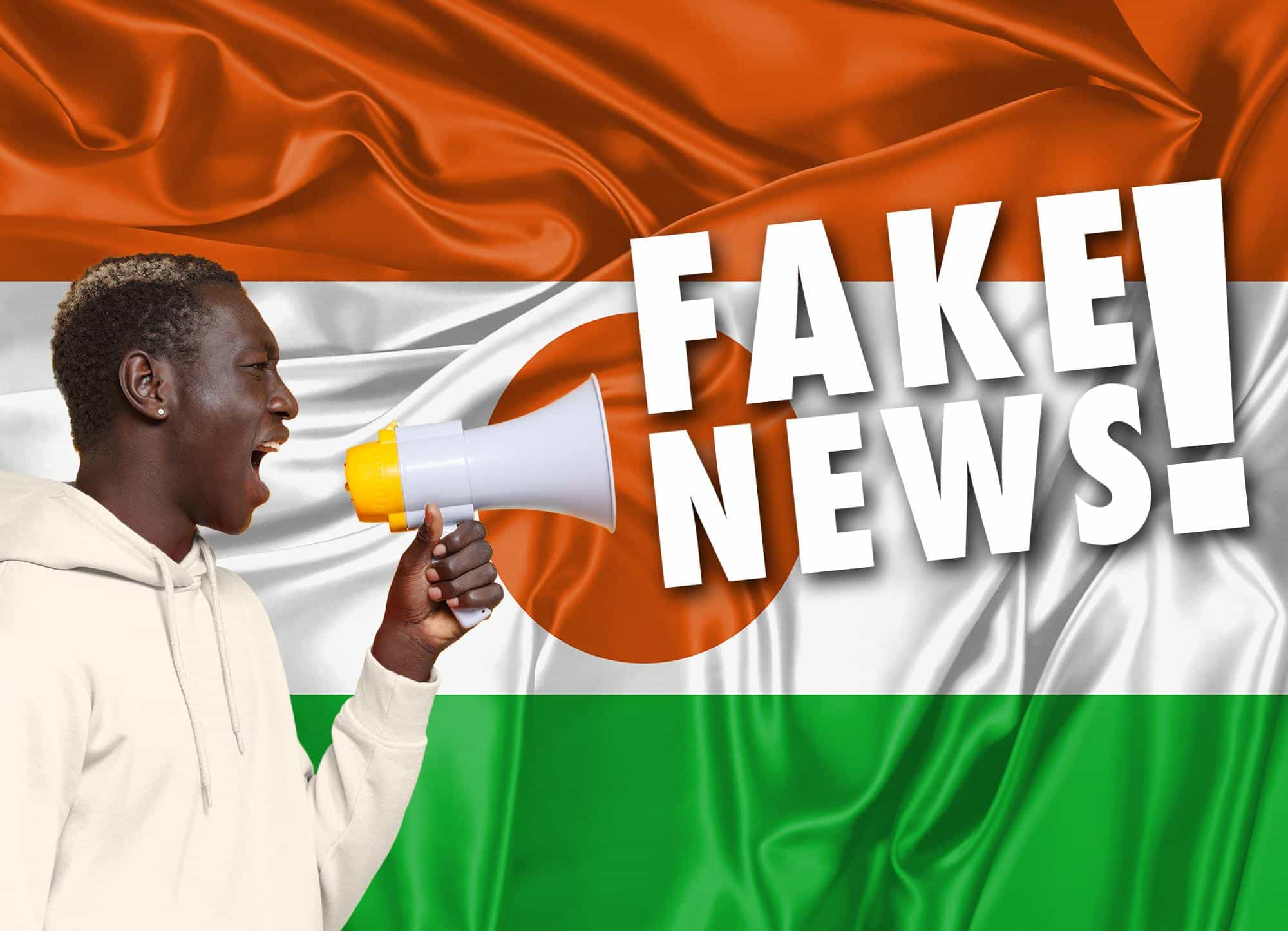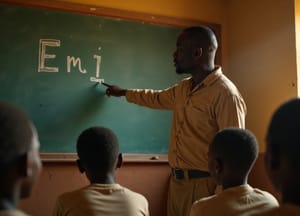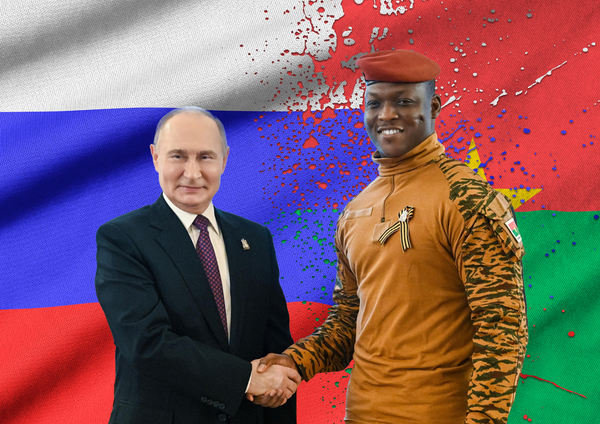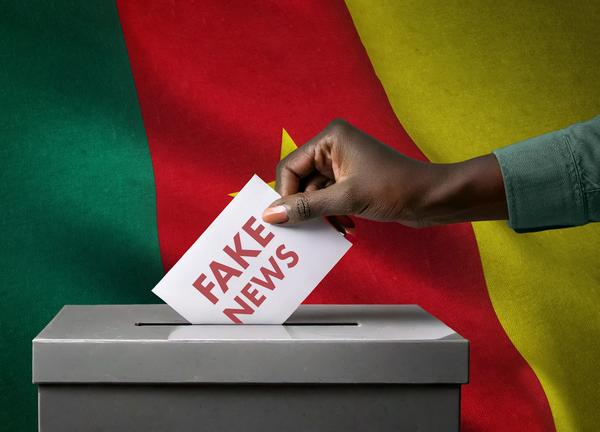How this decontextualized information deceives the reader
According to several concordant sources of information, a terrorist attack took place on Friday February 10 in Niger (in the north of the department of Banibangou). An attack killing dozens of deaths among the Nigerian armed forces.
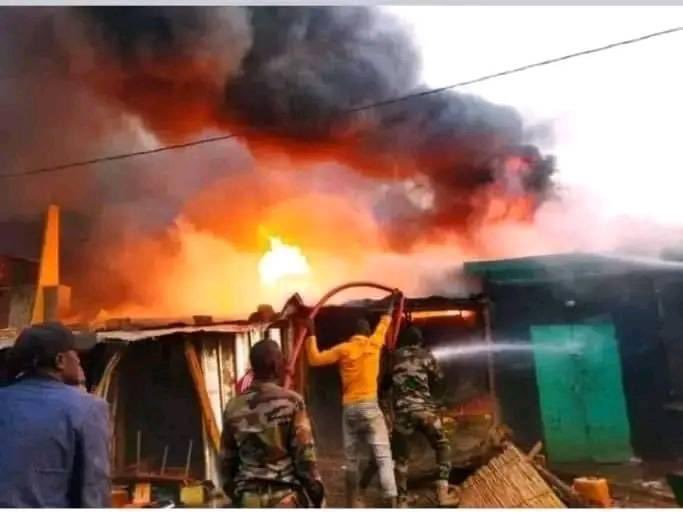
On February 16, we observe on social networks that information is disseminated by certain accounts. Including African stories (@silboyoffliel) with the following tweet:
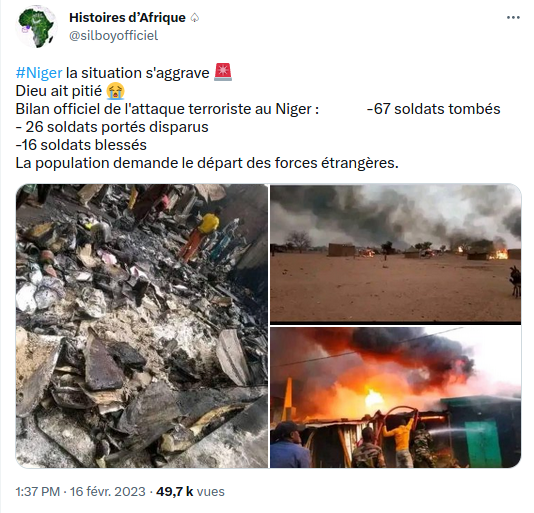
By linger on this publication, the 1st photo challenges. We see a man in a yellow sweater trying to master a fire. We also see two soldiers in Nigerien uniforms helping him.
A simple search by inverted image via the Google Image makes it possible to link this photo to another event, which occurred on February 15: the fire of the municipal market in the city of Tahoua. Tahoua (Niger) is around 500km from Tiloa, a place of attack.

Indeed, certain media and accounts on social networks relay information, such as the Airinfo or the Twitter account @Ahmadouatafa.
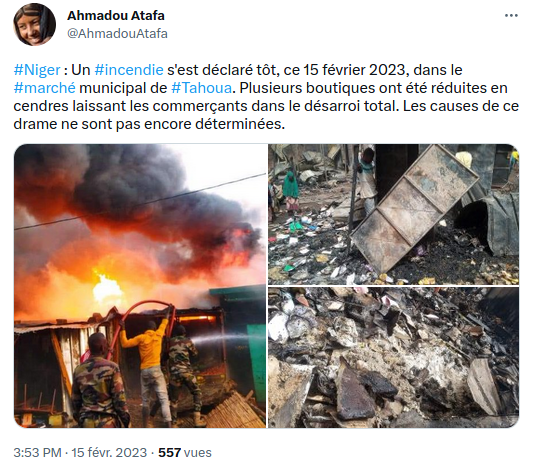
The use of this photo is out of context. Indeed, it has nothing to do with the terrorist attack which is mentioned in certain publications.
It diverts to support the severity of the security incident and arouse emotion in readers.
What should we remember from this image misappropriation?
It is essential to verify the information sources and the illustrations of the content you read. Especially when information has the sensational area.
By taking care to check the information you follow, especially on social networks, you sharpen your critical mind. Thus, you become an actor in the fight against disinformation.

